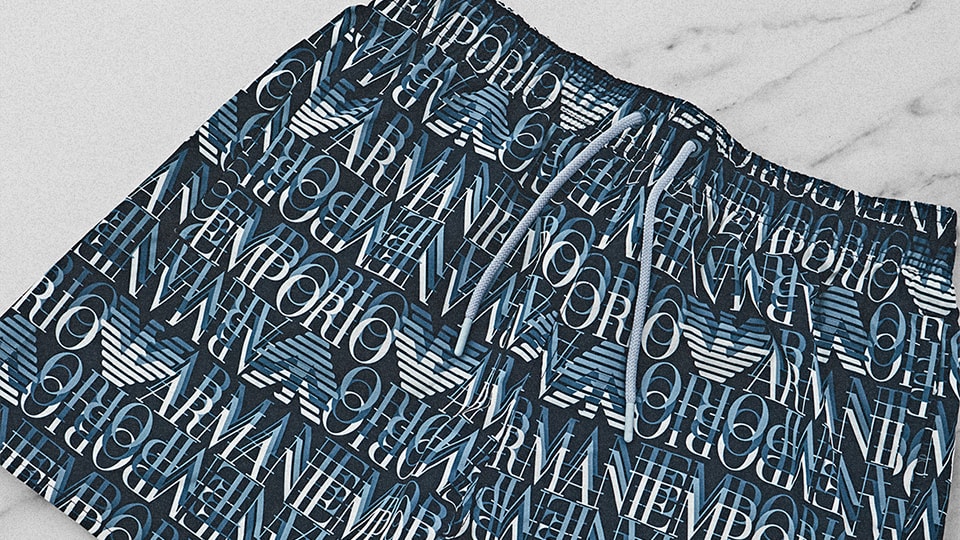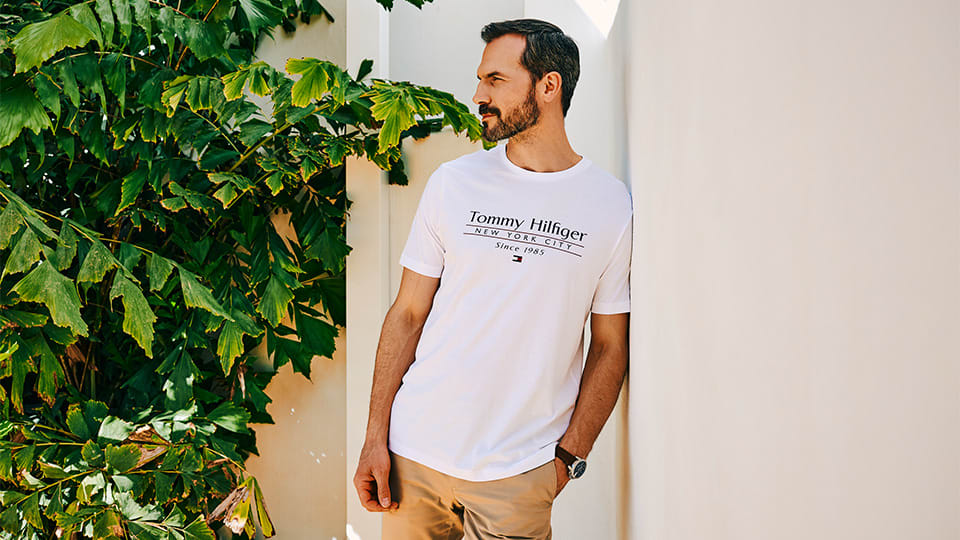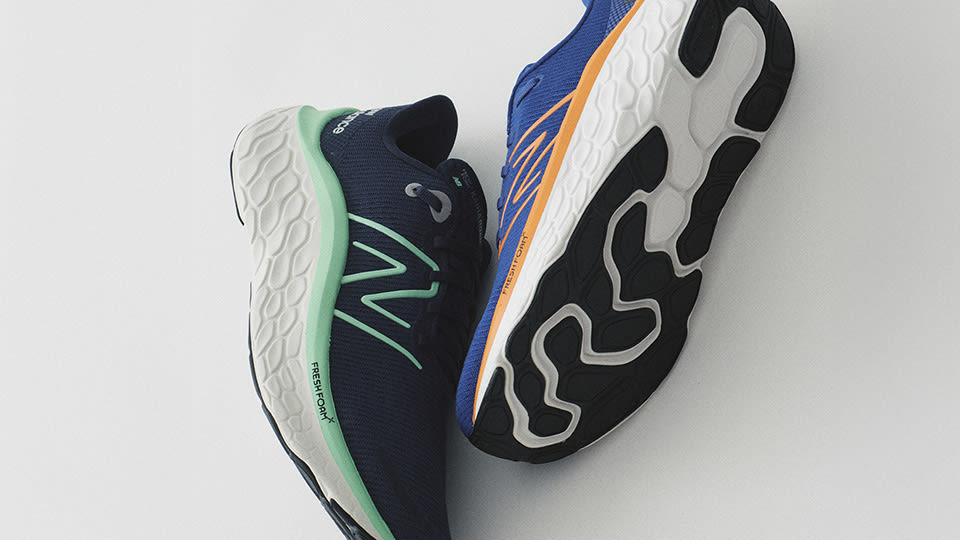
Different Types of Suit – Whatever Suits
The humble suit has a place in every man’s wardrobe. It doesn’t matter whether you wear a suit every day to work, or just on special occasions – every man should have one. Suits come in many styles, designs and colours. Nowadays, we see more eccentric suits than ever before, with bright-coloured and even patterned suits becoming more popular.
For the less adventurous, suits generally come in one of four styles. Black, grey, navy and pinstripe. Suits are commonly known as straightforward pieces of clothing; you throw one on and instantly look smarter. But there are several different types of suits, and knowing when to wear each one is very important.
The three most recognised suits are the tuxedo, white tie and lounge suit – also known as the business suit. Mainline Menswear is here to help you figure out when to wear each suit, and how to best pull it off.
Tuxedo
The tuxedo, or dinner suit, is a formal evening suit, typically in black. Colloquially known as a tux or ‘DJ’, this is the suit most men will have in the back of their wardrobe, coming out for weddings or elaborate dinners.
The tux is normally worn with a bowtie and can be worn as a two-piece or three-piece suit, with the addition of a waistcoat.
White Tie
White tie is the most formal type of suit around. It consists of a long black tailcoat, worn over a white shirt with a bowtie, and the option of a waistcoat. Although white tie is very rarely worn these days, you will see it at the most formal of occasions. Cambridge and Oxford still strongly favour the white tie look to dinner formals.
Most men will manage to go their whole life without having to wear white tie. However, it’s best to know what it is if you should ever have to. White tie can also be accessorised with the addition of either a top hat or a white scarf.
Lounge Suit
The lounge suit, also known as the business suit is what most men will wear to work every day – if the dress code requires it. The jacket of a lounge suit is very versatile and can be worn with jeans and a shirt to make your casualwear more formal.
Normally worn with suit trousers, a shirt and a tie, the lounge suit is by far the most common suit. If you go into a shop and simply ask for a suit – this is what you’ll most likely be shown. Lounge suits come in many colours and styles, and if you’re looking for a quirkier suit, this is the category where you’ll find one.
What’s on the jacket?
Knowing how to deal with what’s on your suit jacket is yet another difficulty of wearing a suit. The four main things which will change from suit to suit are pockets, lapels, vents and buttons. These will differ based on where you would wear the suit, and how formal or informal it is.
So to clear things up, here is where you would find each specific part of the suit jacket, and what it brings to the suit itself.
There are five different pocket styles; patch, ticket, angled, flap and jetted. Patch pockets are open pockets on the lower third of the jacket, found on the more casual suit jackets. These get more formal up to jetted pockets, which have no flap and are fitted into the suit lining, creating a more angled look. Often these pockets on the most formal suits will be sewn shut, and merely be for aesthetic purposes.
Lapels come in three styles; notch, peak and shawl. On notch lapels – the most casual – the top of the lapel and bottom of the collar meet in a notch. Peak lapels have pointed edges towards the shoulders, and are slightly more formal. Shawl lapels are only found on tuxedos and occur when the collar has a continuous curve without a break like a peak or notch lapel.
Vents generally change based on where the suit is made. No vent creates a more fitted style, preferred by the Italians. Single vents are normally found on American brands; they are the least expensive option as they create a slightly boxy appearance. Finally, the double vent is known for being English. It prevents the jacket from creasing and allows for more fluid movement.
To finish, the front buttons on suits can range from one button to three buttons. Knowing when to fasten and unfasten these buttons is often the most confusing part, so here is the simple solution. One button should always be fastened unless sitting. On two buttoned suits, the bottom one should remain unfastened and the top one fastened. Again with three buttoned suits, leave the bottom one unfastened, and only use the top two.
So there you have it. Everything you need to know about suits; how to wear them, when to wear them, and how to fasten them up. If you want to find a new suit, Mainline Menswear stocks a large number of them. We also sell individual suit jackets, shirts, ties and other accessories. Visit our website to find out more.
What did you think of this post?
Great!
Helpful!
Not for me!



